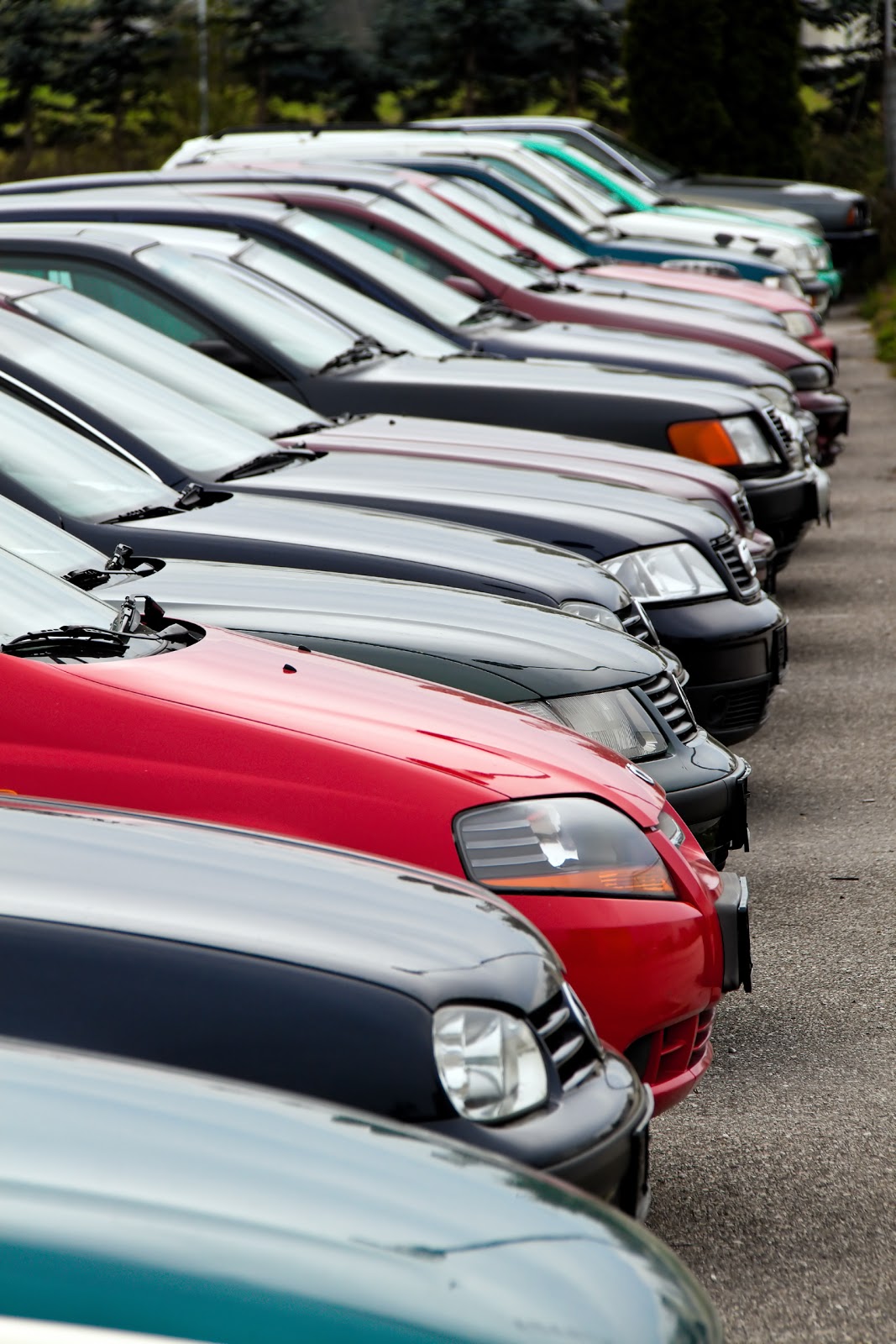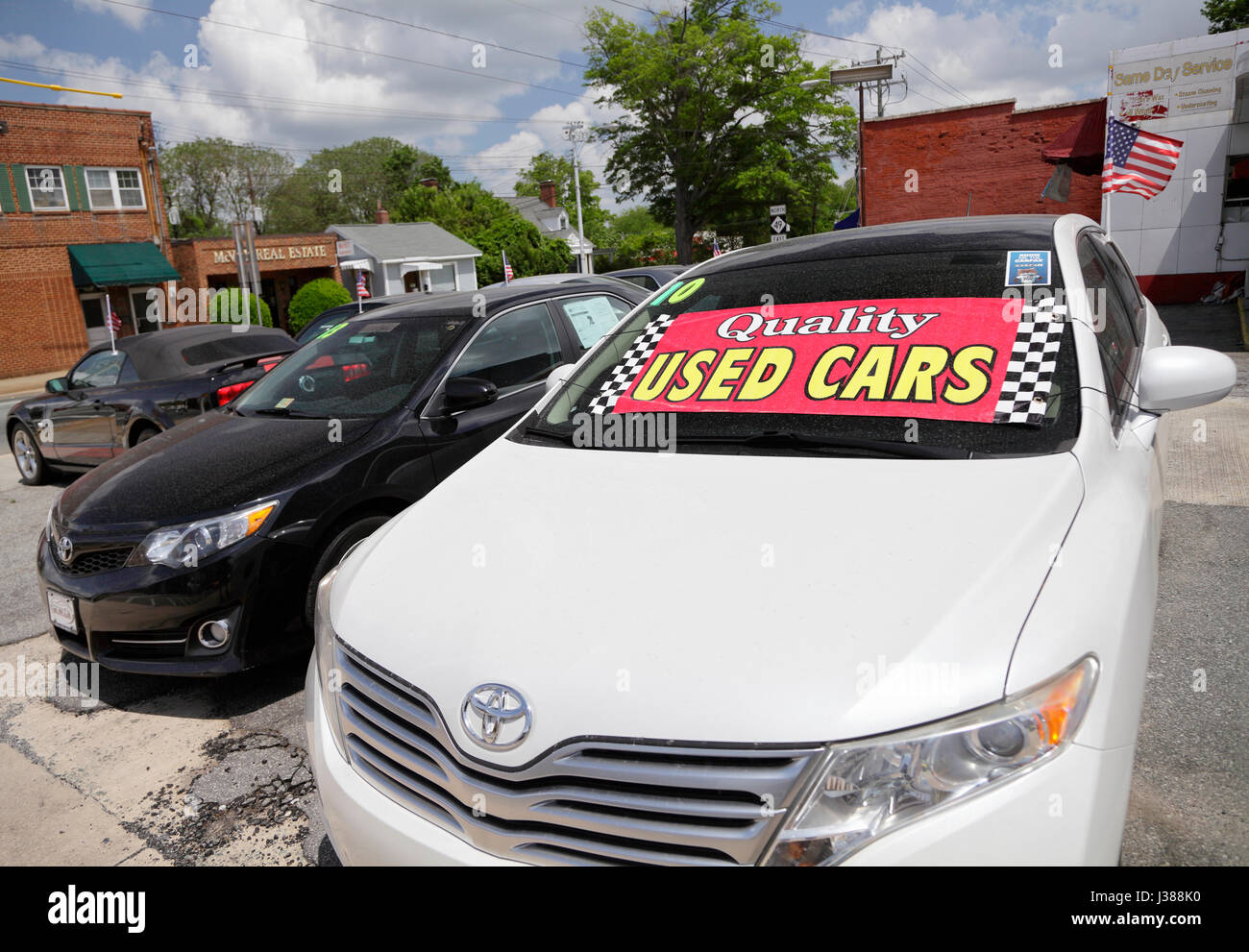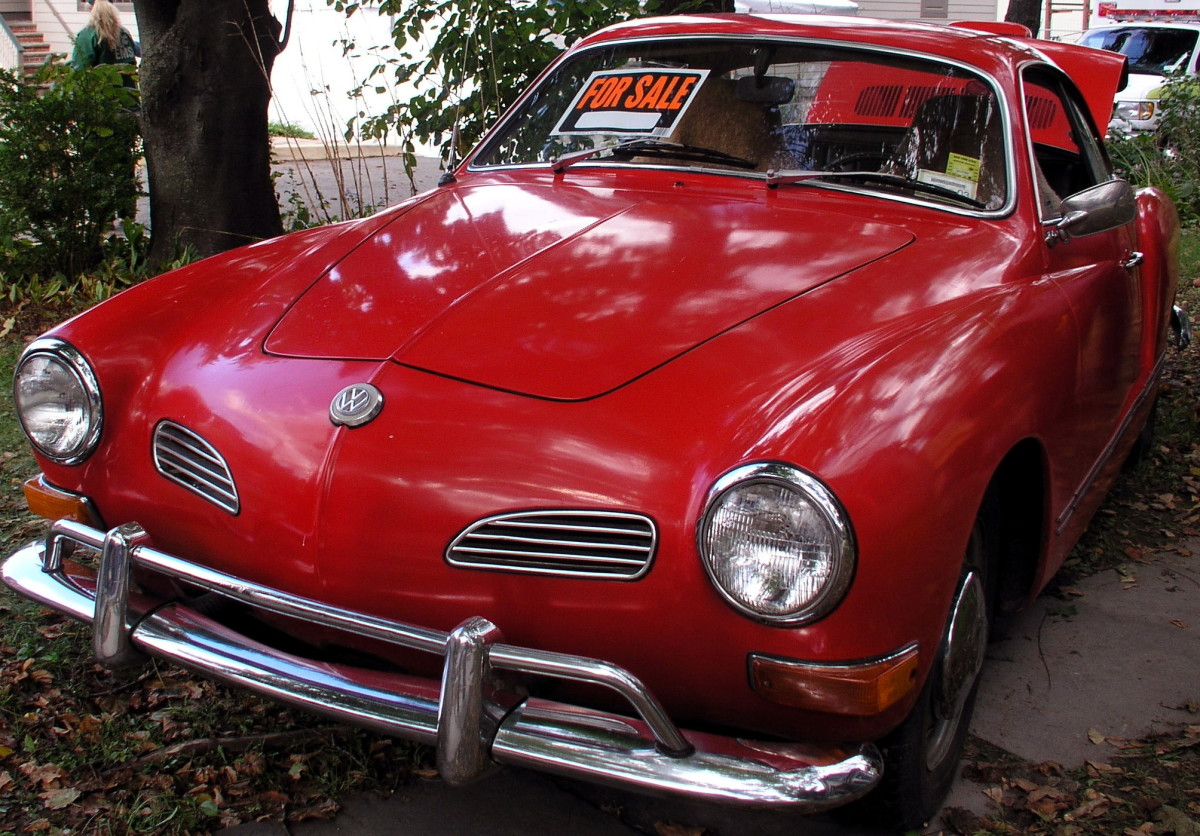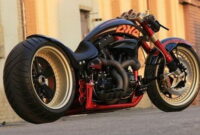Used Pickup Trucks Under $5000: Your Comprehensive Guide to Affordable Utility pickup.truckstrend.com
In an era where vehicle prices seem to constantly climb, the idea of finding a reliable pickup truck for under $5000 might sound like a pipe dream. However, for many, this budget isn’t just a fantasy; it’s a necessity. Whether you’re a first-time buyer looking for an affordable entry into truck ownership, a small business owner needing a workhorse without the hefty overhead, or a DIY enthusiast seeking a project vehicle, the sub-$5000 market for used pickup trucks offers surprising opportunities.
This guide will delve into the realities, challenges, and triumphs of navigating this budget-friendly segment. We’ll explore what to expect, which models to target, the critical steps in the buying process, and how to keep your budget-friendly hauler running strong. While it requires patience, a keen eye, and realistic expectations, securing a functional and reliable used pickup truck for under $5000 is entirely possible, offering unparalleled utility without breaking the bank.
Used Pickup Trucks Under $5000: Your Comprehensive Guide to Affordable Utility
Why Go for a Sub-$5000 Pickup? The Allure of Affordable Utility
The primary driver behind seeking a pickup truck under $5000 is, of course, cost. In a market where new trucks routinely exceed $40,000, and even used models can command five figures, spending less than five grand opens up truck ownership to a much wider demographic. But the benefits extend beyond just the initial purchase price:
- Cost-Effectiveness: Beyond the sticker price, older, simpler trucks often have lower insurance premiums, and their mechanical systems are generally less complex, leading to potentially lower repair costs if you’re willing to do some DIY or use independent mechanics.
- Unmatched Utility: Even an older, budget-friendly pickup offers capabilities that sedans and SUVs simply cannot match. Hauling lumber for a home project, transporting furniture, moving equipment, or simply having the bed space for dirty or bulky items makes a truck invaluable.
- Learning Experience: For new drivers, a sub-$5000 truck can be a fantastic learning platform. Its robustness can forgive minor bumps, and the lower investment reduces the stress associated with potential damage. For aspiring mechanics, it’s a perfect vehicle to learn basic maintenance and repairs without the fear of damaging an expensive asset.
- Project Vehicle Potential: Many enthusiasts seek out older trucks specifically for restoration, customization, or off-road build projects. At this price point, you’re buying a platform, not just a vehicle, allowing for creative freedom without the pressure of devaluing a newer model.
- Reduced Depreciation Worries: The bulk of a vehicle’s depreciation occurs in its early years. By buying a truck already well into its lifespan, you avoid significant depreciation, meaning your investment holds its value relatively well, especially if you maintain it.
- Simplicity and Durability: Older trucks often boast simpler designs with fewer electronic components that can fail. Many were built with an emphasis on rugged durability, making them capable of withstanding years of hard work if properly maintained.

What to Expect (and Not Expect) for Under $5000

Managing expectations is crucial when shopping in this price bracket. You won’t be driving off the lot in a showroom-condition vehicle with all the latest features, but you can find a dependable workhorse.
What to Expect:
- High Mileage: Most trucks under $5000 will have well over 150,000 miles, with many exceeding 200,000 or even 250,000 miles. Don’t let high mileage deter you automatically; a well-maintained high-mileage vehicle can be more reliable than a poorly maintained low-mileage one.
- Older Models: You’ll primarily be looking at trucks from the late 1990s through the early to mid-2000s. These models typically lack modern safety features, infotainment systems, and fuel efficiency.
- Cosmetic Imperfections: Dings, dents, scratches, faded paint, interior wear and tear (torn seats, cracked dashboards) are all common and should be expected. Don’t let minor cosmetic issues distract you from a mechanically sound vehicle.
- Basic Features: Expect manual windows, manual locks, basic radios, and possibly no air conditioning or non-functional AC. Creature comforts are rare at this price point.
- Potential for Minor Mechanical Issues: Be prepared for the possibility of needing immediate repairs or ongoing maintenance. This is where a pre-purchase inspection becomes invaluable.
- Rust: Especially in regions that experience snow and road salt, rust will be a significant factor. Pay close attention to the frame, brake lines, bed, and rocker panels.

What NOT to Expect:
- Low Mileage: Unless it’s a very rare barn find, low mileage simply isn’t a reality for this budget.
- Pristine Condition: Show-quality paint, spotless interiors, and perfect body panels are not part of the sub-$5000 package.
- Modern Technology: Forget about Apple CarPlay, backup cameras, blind-spot monitoring, or even reliable Bluetooth.
- Exceptional Fuel Efficiency: Older trucks, especially full-size models, are not known for their fuel economy. Factor this into your running costs.
- "New Car" Experience: This is a utilitarian purchase. The focus is on functionality and reliability, not luxury or cutting-edge performance.
Top Contenders: Reliable Models to Look For (Under $5000)
When targeting specific models, focus on those known for their durability, parts availability, and ease of repair. Domestic and Japanese brands tend to dominate this segment due to their widespread production and robust engineering.
- Ford Ranger (1990s – early 2000s):
- Pros: Compact size, surprisingly robust 4-cylinder and V6 engines, excellent fuel economy for a truck, very common, parts are cheap and plentiful. Easy to park and maneuver.
- Cons: Limited towing and hauling capacity compared to full-size trucks, cramped interior for larger individuals.
- Notes: An excellent choice for light-duty hauling, a daily driver, or a first truck.
- Ford F-150 (Late 1990s – early 2000s, 10th generation):
- Pros: Full-size utility, powerful V8 options (5.4L, 4.6L), abundant parts, relatively comfortable ride for its age. Good for heavier hauling and towing.
- Cons: Lower fuel economy, common rust issues (especially around wheel wells and bed), spark plug issues on some 5.4L models.
- Notes: A workhorse for those needing full-size capability.
- Chevrolet S10 / GMC Sonoma (1990s – early 2000s):
- Pros: Similar advantages to the Ford Ranger – compact, decent fuel economy, easy to find, affordable parts. The 4.3L V6 is a particularly durable engine.
- Cons: Similar limitations to the Ranger in terms of size and capacity.
- Notes: Another solid option for compact truck needs.
- Chevrolet Silverado 1500 / GMC Sierra 1500 (Late 1990s – early 2000s, GMT800 platform):
- Pros: Extremely durable V8 engines (5.3L, 4.8L), comfortable ride, robust chassis, vast aftermarket support, easy to work on.
- Cons: Fuel economy can be poor, known for potential transmission issues (4L60E), rust can be prevalent on body and frame.
- Notes: An excellent choice for a full-size work truck, very popular for a reason.
- Toyota Tacoma (Late 1990s – early 2000s, 1st generation):
- Pros: Legendary reliability, excellent resale value (even at this price point), durable engines (2.7L 4-cyl, 3.4L V6), strong off-road capability.
- Cons: Extremely difficult to find under $5000 in decent condition, often high mileage and significant rust if you do find one, parts can be pricier than domestic.
- Notes: If you find one, and it passes inspection, it’s a diamond in the rough. Be prepared for a quick sale.
- Nissan Frontier (Early 2000s, 1st generation):
- Pros: Often overlooked, offering good value. Reliable engines (2.4L 4-cyl, 3.3L V6), decent build quality.
- Cons: Less common parts availability than domestic brands, can feel a bit dated.
- Notes: A solid, underrated compact truck option.
- Dodge Dakota (1990s – early 2000s):
- Pros: Mid-size, offering more capability than a compact but smaller than a full-size. V8 options available, making it quite powerful.
- Cons: Can have more electrical issues and rust than some competitors, specific years might have transmission concerns.
- Notes: A good compromise if you need more than a compact but less than a full-size.
The Buying Process: A Step-by-Step Guide for Sub-$5000 Trucks
Buying a cheap truck requires diligence and a methodical approach. Don’t rush into anything.
-
Define Your Needs & Budget:
- Purpose: What will you primarily use the truck for? Hauling heavy loads, light commuting, off-roading, or just occasional use? This will dictate whether you need a compact, mid-size, or full-size.
- Total Budget: Remember, $5000 is just for the truck itself. Factor in immediate repairs (budget at least $500-$1000), insurance, registration, and taxes.
-
Where to Look:
- Private Sellers (Craigslist, Facebook Marketplace, local classifieds): Often the best source for good deals, as you’re buying directly from the owner. Be wary of scams.
- Small Used Car Lots: May offer a limited warranty, but prices will likely be higher. Quality can vary wildly.
- Auctions: High risk, high reward. Best for experienced buyers who can quickly assess a vehicle. Most vehicles are sold "as-is" with no chance for inspection or test drive.
-
Initial Screening (Before You See It):
- Ask Questions: Inquire about maintenance history, any known issues, why they’re selling, major accidents, and if the title is clear.
- Photos: Look for clear, well-lit photos. Be suspicious of blurry pictures or those showing only one side of the vehicle. Zoom in on common rust spots (wheel arches, rockers, frame).
-
The In-Person Inspection (Do NOT Skip This!):
- Exterior:
- Rust: Crucial! Check the frame (especially near the cab and under the bed), brake lines, fuel lines, rocker panels, wheel arches, and bed floor. Surface rust is common; frame rot is a dealbreaker.
- Tires: Even wear? Sufficient tread? Mismatched tires can indicate alignment issues or cheap repairs.
- Body Panels: Look for uneven gaps or mismatched paint, which could indicate previous accident damage.
- Lights/Glass: All lights working? Any cracks in the windshield?
- Interior:
- Condition: Tears in seats, cracked dash, strange odors (mold, smoke).
- Electronics: Test all windows, locks, radio, HVAC (AC/heat), wipers, and all dashboard lights.
- Under the Hood (Engine Off & Cold):
- Fluid Levels: Check oil, coolant, transmission fluid, brake fluid. Look for proper color and level.
- Leaks: Look for drips or stains under the vehicle or on engine components.
- Belts & Hoses: Check for cracks, fraying, or bulging.
- Battery: Look for corrosion.
- Listen: Start the engine cold. Listen for abnormal noises (knocking, ticking, grinding).
- Under the Vehicle (If Possible):
- Exhaust System: Look for rust or holes.
- Suspension: Check for broken springs, worn shocks, or cracked bushings. Grab the driveshaft and try to twist it – excessive play indicates worn U-joints.
- Exterior:
-
The Test Drive:
- Engine: Does it start easily? Does it idle smoothly? Any hesitation or loss of power?
- Transmission: Smooth shifts? Any slipping, clunking, or delayed engagement? Test all gears, including reverse.
- Brakes: Do they feel firm? Any grinding, squealing, or pulling to one side?
- Steering: Does it pull? Is there excessive play in the steering wheel? Listen for power steering pump whine.
- Suspension: Drive over bumps and uneven surfaces. Listen for clunks, squeaks, or excessive bouncing.
- At Speed: Get it up to highway speeds if possible. Listen for wind noise, tire noise, or engine/drivetrain vibrations.
-
Vehicle History Report (CarFax/AutoCheck):
- Spend the $30-$50. It can reveal accidents, flood damage, salvage titles, odometer rollbacks, and past maintenance records. This is invaluable for an older, high-mileage vehicle.
-
Professional Pre-Purchase Inspection (PPI):
- This is the MOST important step. Take the truck to an independent mechanic for a thorough inspection. It will cost $100-$200, but it can save you thousands by identifying major issues (frame damage, transmission problems, engine issues) that you might miss. If the seller refuses a PPI, walk away.
-
Negotiation:
- Armed with the knowledge from your inspection and the PPI, you’ll have leverage. Point out any flaws or required repairs to justify a lower offer. Be prepared to walk away if the price isn’t right or if the seller is unwilling to negotiate fairly.
Common Issues and Solutions for Older Pickups
Knowing what commonly goes wrong with older trucks can help you identify problems and plan for future maintenance.
- Rust: The perennial enemy.
- Problem: Frame rot, rusted brake lines, fuel lines, bed mounts, body panels.
- Solution: For minor surface rust, wire brush and paint with rust-inhibiting primer. For critical structural rust, it’s a major repair or a dealbreaker. Prevention (regular washing, undercoating) is key for a truck you buy.
- Suspension Components:
- Problem: Worn shocks/struts, ball joints, tie rods, control arm bushings leading to poor ride quality, clunking noises, or uneven tire wear.
- Solution: Replacement of worn components. Parts are generally affordable, and it can significantly improve ride and handling.
- Brake System:
- Problem: Worn pads/rotors, seized calipers, rusted brake lines, failing master cylinder.
- Solution: Thorough inspection and replacement of worn parts. Brake line replacement due to rust is common on older trucks from salt-belt regions.
- Fluid Leaks:
- Problem: Oil, transmission fluid, power steering fluid, or coolant leaks from old gaskets, seals, or hoses.
- Solution: Identify the source of the leak and replace the faulty component. Minor leaks might be tolerable, but major ones need immediate attention.
- Electrical Gremlins:
- Problem: Failing power windows, non-working AC/heater, dashboard lights, stereo issues. Often due to old wiring, corroded connections, or failing relays/fuses.
- Solution: Troubleshooting can be time-consuming. Start with fuses and relays, then trace wiring.
- Transmission Issues:
- Problem: Slipping gears, harsh shifts, delayed engagement, or complete failure. Common on high-mileage automatic transmissions (e.g., GM 4L60E, some Ford transmissions).
- Solution: Fluid and filter change might help minor issues. Major issues often require a rebuild or replacement, which can be expensive (potentially exceeding the truck’s value). This is why a thorough test drive and PPI are crucial.
Maximizing Your Investment & Longevity
Buying a cheap truck doesn’t mean it has to be a money pit. With proper care, it can serve you for years.
- Adhere to a Regular Maintenance Schedule: Oil changes, filter replacements (air, fuel, cabin), fluid checks (transmission, differential, coolant, brake fluid), and tire rotations are non-negotiable.
- Address Small Issues Promptly: A squeak, a minor leak, or a dashboard warning light shouldn’t be ignored. Small problems can quickly escalate into major, expensive failures if left unattended.
- Learn Basic DIY: Changing oil, spark plugs, filters, and even some brake components can save you significant money. YouTube and online forums are excellent resources.
- Rust Prevention: Regularly wash your truck, especially after driving on salted roads. Consider applying an undercoating or rust encapsulator if you plan to keep the truck long-term.
- Don’t Overload or Over-Tow: Respect the truck’s capabilities. Pushing it beyond its rated payload or towing capacity will accelerate wear and tear on the engine, transmission, and suspension.
Estimated Price Range & Key Considerations for Popular Models (Under $5000)
| Model | Typical Years (Under $5k) | Pros | Cons | Notes |
|---|---|---|---|---|
| Ford Ranger | 1990s – Early 2000s | Reliable 4-cyl/V6, good MPG, easy to park, cheap parts | Limited towing/hauling, can be cramped | Excellent for light duty, daily driver, first truck |
| Ford F-150 | Late 90s – Early 2000s | Full-size utility, strong V8s, abundant parts, comfortable ride | Lower MPG, common rust (body/frame), spark plug issues on some 5.4L | Good for heavy hauling, work truck, or family utility |
| Chevy S10 / Sonoma | 1990s – Early 2000s | Similar to Ranger, good value, durable 4.3L V6 option | Similar limitations to Ranger | Another solid compact option, often found cheaper than Rangers |
| Chevy Silverado 1500 / Sierra 1500 | Late 90s – Early 2000s | Durable V8 engines, robust chassis, comfortable for its age, easy to repair | Fuel economy, rust common, potential 4L60E transmission issues | Excellent workhorse, very popular, parts readily available |
| Toyota Tacoma | Late 90s – Early 2000s | Legendary reliability, holds value, durable engines, strong off-road | Hardest to find under $5k, often high mileage/rust, higher parts cost | If you find one that passes inspection, it’s a gem, act fast |
| Nissan Frontier | Early 2000s | Good value, reliable engines, decent payload, often overlooked | Less common parts than domestic, can feel dated | Underrated option, can offer more bang for buck than a comparable Tacoma |
| Dodge Dakota | 1990s – Early 2000s | Mid-size capability (more than compact, less than full), V8 options | Can have more electrical issues/rust than competitors, some transmission concerns | Good compromise between size and capability, can be powerful |
Note: Prices are highly dependent on condition, mileage, region, and specific year/trim.
Frequently Asked Questions (FAQ)
Q: Is it really possible to find a good truck for under $5000?
A: Yes, it is absolutely possible, but it requires patience, thorough research, and a very critical eye during inspection. You’re looking for a mechanically sound vehicle, not a showpiece.
Q: What’s the biggest risk with buying a cheap truck?
A: Hidden mechanical issues (especially engine or transmission problems) or severe structural rust (frame rot) that were not disclosed or apparent during a quick look. This is why a pre-purchase inspection by an independent mechanic is paramount.
Q: Should I buy from a private seller or a small dealer?
A: Private sellers often offer better prices because they don’t have overhead, but sales are typically "as-is." Small dealers might offer a very limited warranty but usually at a higher price. For under $5000, private sellers are generally the best bet, but be extra vigilant.
Q: How much should I budget for immediate repairs after buying a sub-$5000 truck?
A: A realistic budget would be at least $500-$1000. This covers common items like new tires (if needed), a full fluid change, brake work, or minor suspension components. Having this fund will prevent immediate buyer’s remorse.
Q: Are older trucks safe?
A: They are less safe than modern vehicles due to the lack of advanced safety features (multiple airbags, stability control, ABS often optional/absent). However, many older trucks were built like tanks and can withstand impacts. Drive defensively and be aware of their limitations.
Q: Can I finance a $5000 truck?
A: It is highly unlikely. Most lenders do not offer financing for vehicles under a certain value (often $7,500 or $10,000) or for vehicles over a certain age/mileage. This price point is almost exclusively a cash-only purchase.
Conclusion
Finding a reliable used pickup truck for under $5000 is undoubtedly a challenge in today’s market, but it is far from impossible. This budget-friendly segment demands a strategic approach, meticulous inspection, and realistic expectations. You won’t be buying a pristine, feature-laden vehicle, but with patience and diligence, you can unearth a true workhorse that provides immense utility for a fraction of the cost of a newer model.
By understanding what to look for, which models offer the best value, and how to thoroughly assess a potential purchase, you empower yourself to make an informed decision. Remember, the true value of these affordable trucks lies in their ability to perform tasks that no other vehicle can, all while keeping your wallet happy. Embrace the hunt, be prepared for the realities of older vehicles, and you’ll likely find that your sub-$5000 pickup truck becomes one of the most practical and satisfying investments you’ve ever made.


